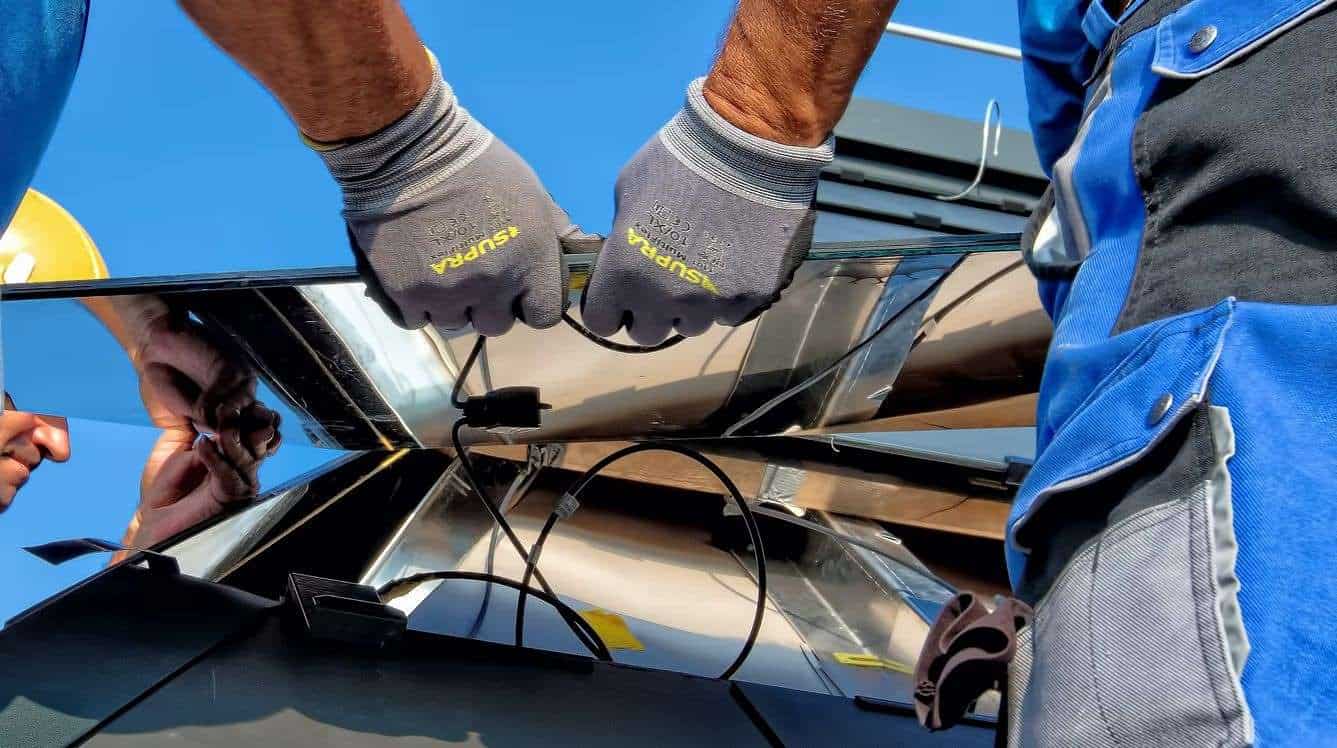Solar energy is abundant and infinitely renewable, but without the right types of solar inverters, the energy isn’t really usable. Solar inverters convert the direct current (DC) power generated by your solar panels into alternating current (AC) that’s compatible with the electrical grid and most modern equipment (like lights, appliances, computers).
Over the last decade, the cost of investing in solar fell 80%. On top of that, you can see huge energy savings from the moment you have your system installed. But before you start getting solar quotes for your setup, it’s crucial to know how to read the solar specifications and understand which type of equipment will offer the most benefits for your situation.
There are many different types of solar inverters available on the market today. Each has its own advantages and disadvantages. So what are the differences between each type of solar inverter, and which one should you choose for your installation?
|
We’ll Identify the Right Types of Solar Inverters for You… …save you time, money, and make going solar easy. Book your free on-site consultation today. |
Types of Inverters for Solar Panels
There are four basic types of inverter setups used in solar power systems. While most of them are designed for use with the power grid, some of them can be adapted for off-grid use, such as powering RVs or remote Cabins.
1. String Inverters
String inverters are the standard for most residential systems. They work by connecting multiple solar panels into an array and sending the power to a centralized inverter for DC to AC conversion that’s compatible with the grid.
String inverters are affordable and efficient. A single inverter can connect to up to 24 panels, and maintenance is easier because there are fewer working parts. However, because each individual panel is wired together, they essentially operate as a single unit. That means problems that reduce the power output of one panel will reduce the efficiency of every panel in the series.
2. Microinverters
Microinverters perform AC power conversion on all the individual panels. This means the efficiency of one panel won’t affect the others. Microinverters also offer panel level monitoring so you can determine when you need maintenance to get the most value out of your system.
Systems with microinverters are ideal for installations where some panels may see shade for part of the day.
That said, their sophistication makes them more expensive than string inverters, and sometimes they can require more maintenance because there are more points of failure. However, it’s much easier to increase your system’s output later by installing more panels compared to a string inverter, so you can make the conversion to solar over time as you can afford it.
3. Power Optimizers

Power optimizers are module-level power electronics meant to help your solar panels perform at maximum efficiency for as long as possible. How long? Microinverters and power optimizers are both installed on individual solar panels, but with a power optimizer, the conversion still happens at a centralized inverter.
Power optimizers combine the cost and reliability of string inverters with the efficiency boost and panel monitoring of a microinverter system. You can save money on installation compared to microinverters but, like a standard string inverter system, it can be harder to expand later on.
4. Hybrid Inverters
Hybrid inverters combine several types of solar technology into a smaller, more affordable unit. They are designed to read the current levels and determine whether or not to convert power for use with appliances, send it to the grid, or use it to charge a backup battery system so you can power your critical appliances during blackouts.
Many of them are highly programmable, allowing you to choose the best times to run power from the grid, your solar panels, or the backup battery (if you have one).
Hybrid inverters are the ideal choice for systems where you want to use backup battery storage, such as the Tesla Powerwall. They also work well for off-grid installations.
Unlike standard solar inverters, which convert current from DC to AC and then back into DC to charge the battery, hybrid inverters can feed DC power directly into the battery, making them more efficient.
| Learn More About Your Solar Power System: |
Choosing the Best Solar Inverter Type
Which of the four types of solar inverters is ideal for your setup will depend on your budget, the amount of space you have, and the location of your system. You’ll also want to size your system to meet your electricity use during peak demand to get the best value on your investment.
At Airis Energy, we’ve offered green solutions for residential and commercial customers since 1996. We can help you select which of the solar panel inverter types to use for your home or business. We can work with you to find the best system for your needs, and get it installed for no money down.
After installation, you can see up to 100% savings on electricity from day one. Our payment plan adjusts the cost each month based on your energy production, meaning you’ll only pay for what you use. That means if you can afford to pay your electricity bill each month, you can afford to go solar.

